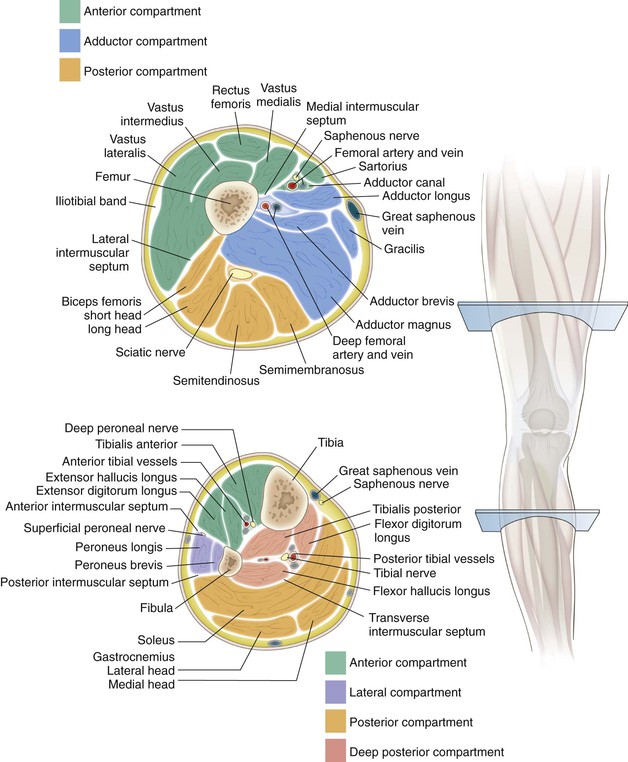

- COMPARTMENTS OF LEG AND THIGH SKIN
- COMPARTMENTS OF LEG AND THIGH UPGRADE
- COMPARTMENTS OF LEG AND THIGH FULL
Physical therapy, orthotics (inserts for shoes), and anti-inflammatory medicines may be of limited benefit in relieving symptoms and generally do not allow return to full activity. Chronic (Exertional) Compartment Syndrome The incision is repaired later when swelling subsides.
COMPARTMENTS OF LEG AND THIGH SKIN
Sometimes, the swelling is severe enough that the skin incision cannot be closed immediately. Your doctor will make an incision and cut open the skin and fascia covering the affected compartment. There is no effective nonsurgical treatment. SymptomsĪcute compartment syndrome is a surgical emergency. This is usually relieved by discontinuing the exercise, and is usually not dangerous. People who participate in activities with repetitive motions, such as running or marching, are more likely to develop chronic compartment syndrome. The pain and swelling of chronic compartment syndrome is caused by exercise. If you have a cast, contact your doctor immediately.Ĭhronic (Exertional) Compartment Syndrome If symptoms of compartment syndrome develop, remove or loosen any constricting bandages. Casts and tight bandages may lead to compartment syndrome. Taking steroids is a possible factor in compartment syndrome. This can happen after severe intoxication with alcohol or other drugs. The development of compartment syndrome in this manner usually occurs in people whose brain function is impaired. Most healthy people will naturally move when blood flow to a limb is blocked during sleep. Lying for too long in a position that blocks a blood vessel, then moving or waking up can cause this condition. A blood vessel can also be blocked during sleep.

This may occur after a surgeon repairs a damaged blood vessel that has been blocked for several hours.

COMPARTMENTS OF LEG AND THIGH UPGRADE
Upgrade your knowledge with advanced quizzes and videos. Learn the anatomy of the leg muscles with our diagrams and interactive tutorials below. The innervation is supplied by the superficial fibular (peroneal) nerve. They primarily produce the eversion of the foot. The lateral muscles of the leg are the fibularis longus and fibularis brevis.Their primary functions are plantar flexion, but they also aid inversion of the foot, flexion and stabilization of the knee joint. The former are the gastrocnemius, plantaris and soleus, while the latter are the tibialis posterior, flexor hallucis longus, popliteus and flexor digitorum longus. The posterior muscles of the leg are divided into superficial and deep.They are all innervated by the deep fibular (peroneal) nerve. Their main function is dorsiflexion of the foot, while some of them participate in inversion and eversion of the foot.

The anterior muscles of the leg are the tibialis anterior, extensor digitorum longus, fibularis tertius and extensor hallucis longus.The muscles of the leg are found within its three compartments and grouped accordingly.


 0 kommentar(er)
0 kommentar(er)
